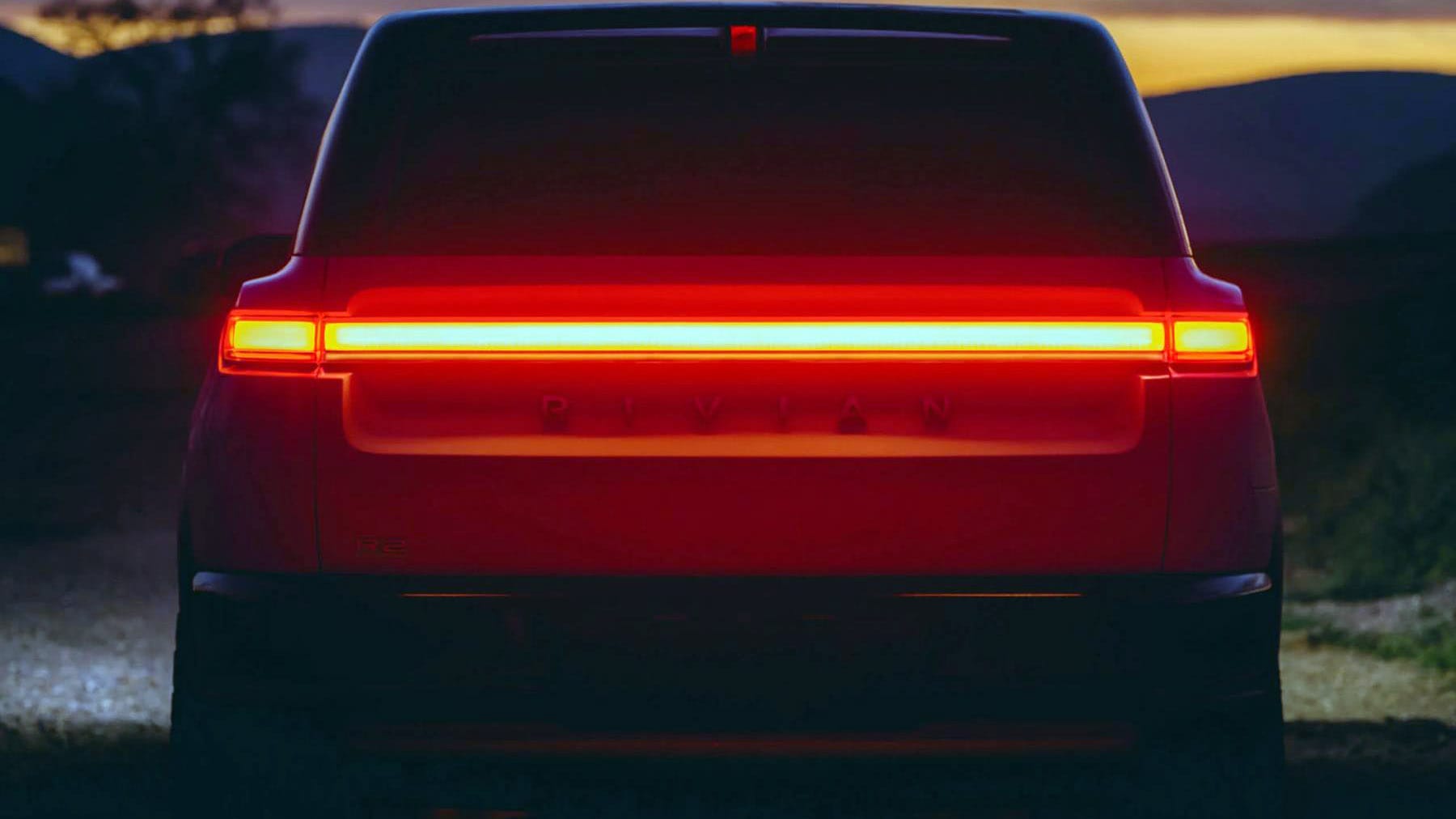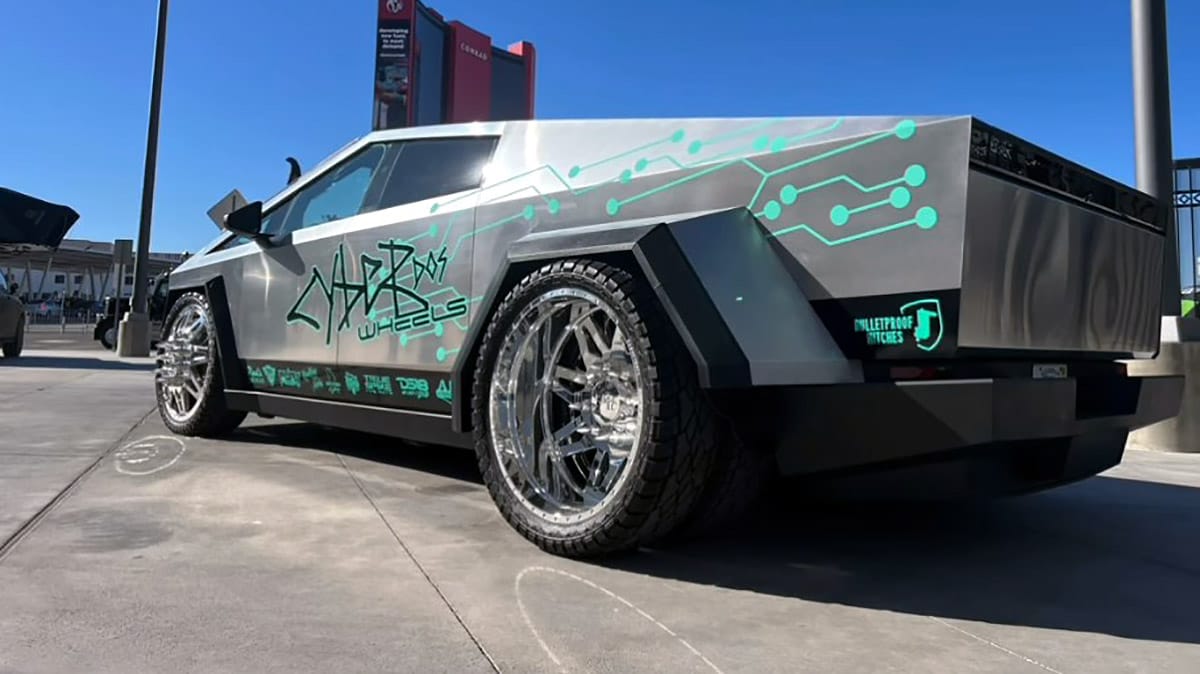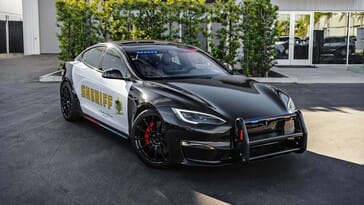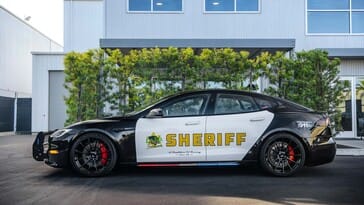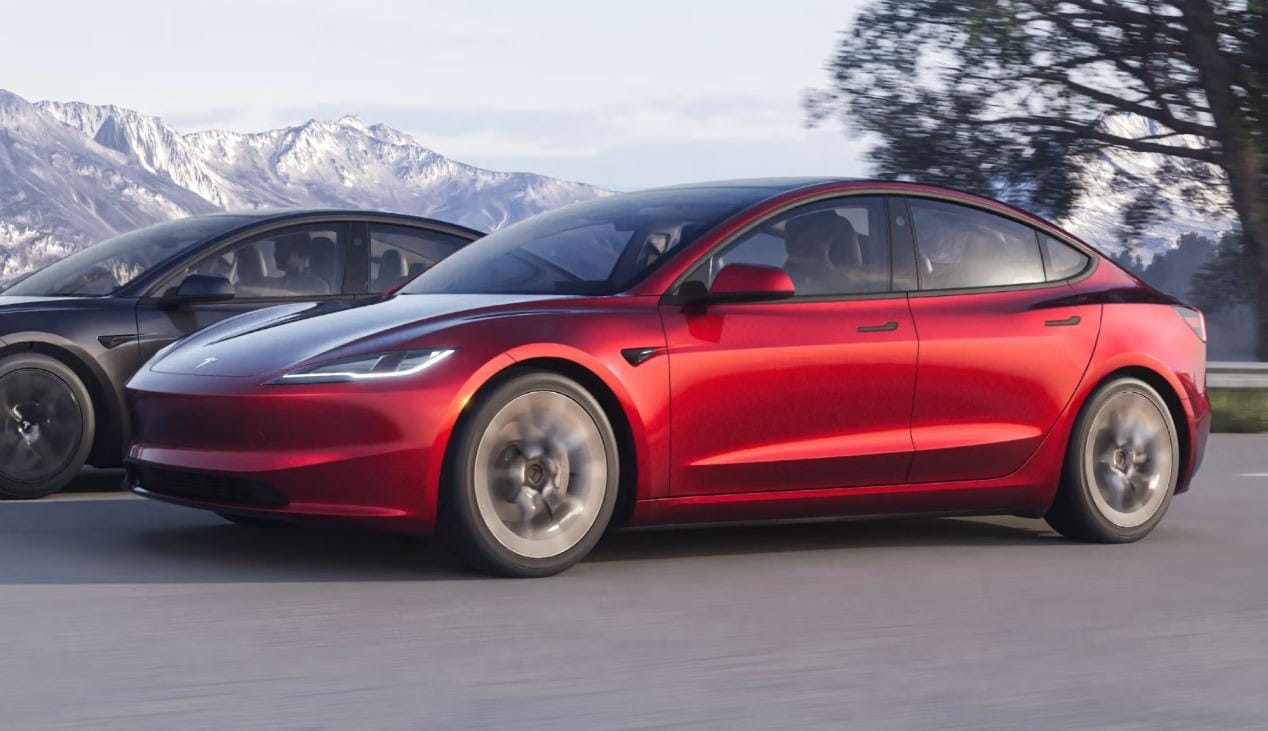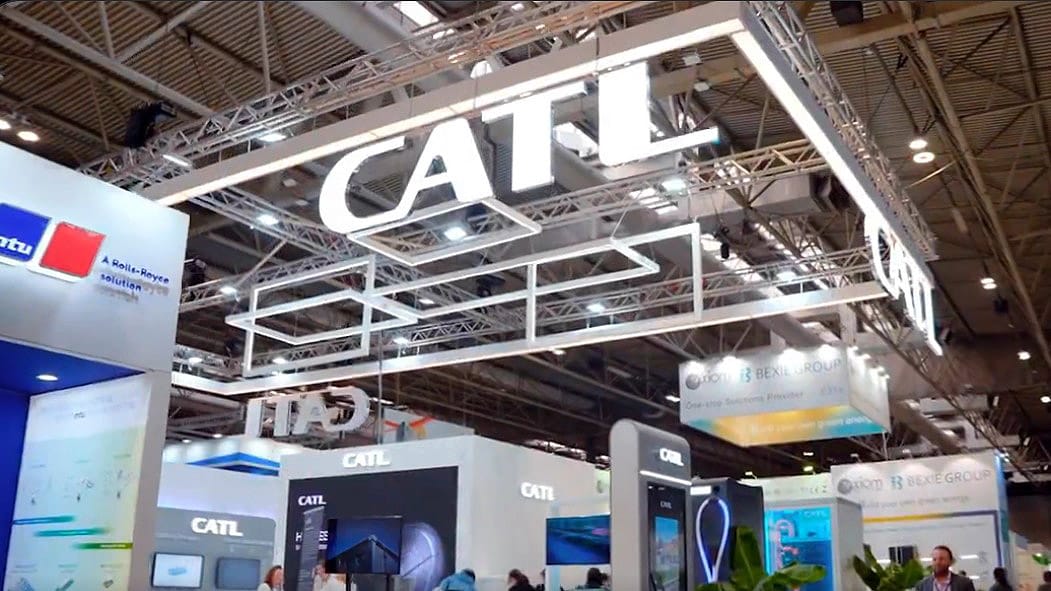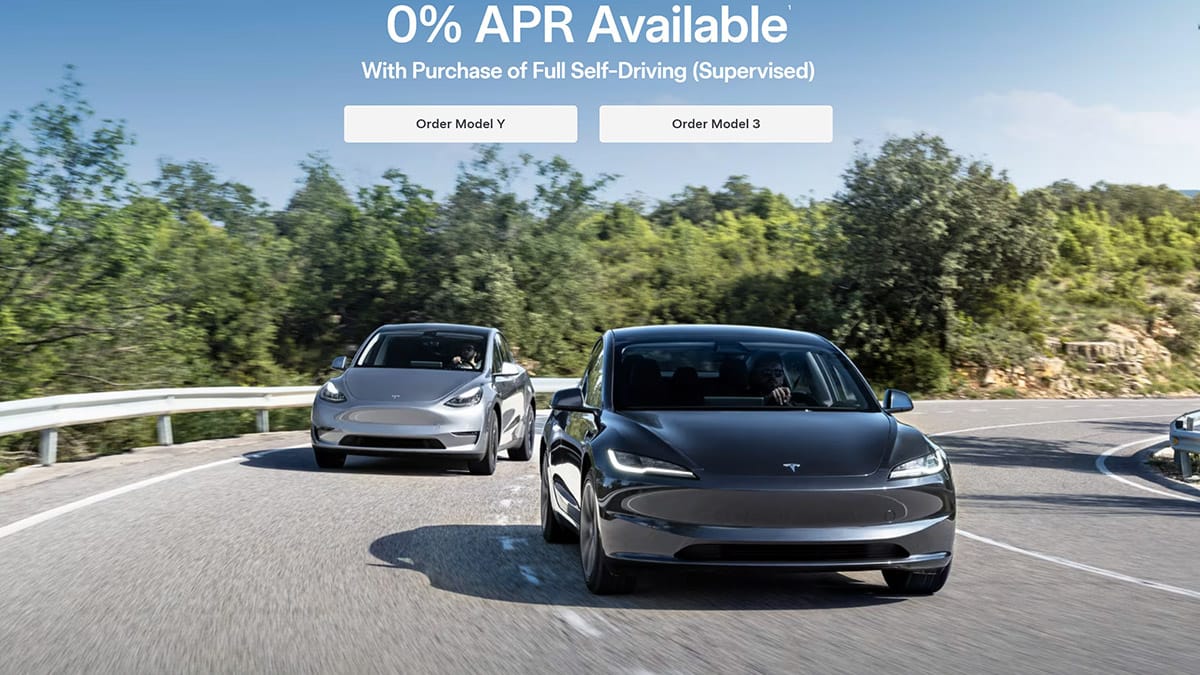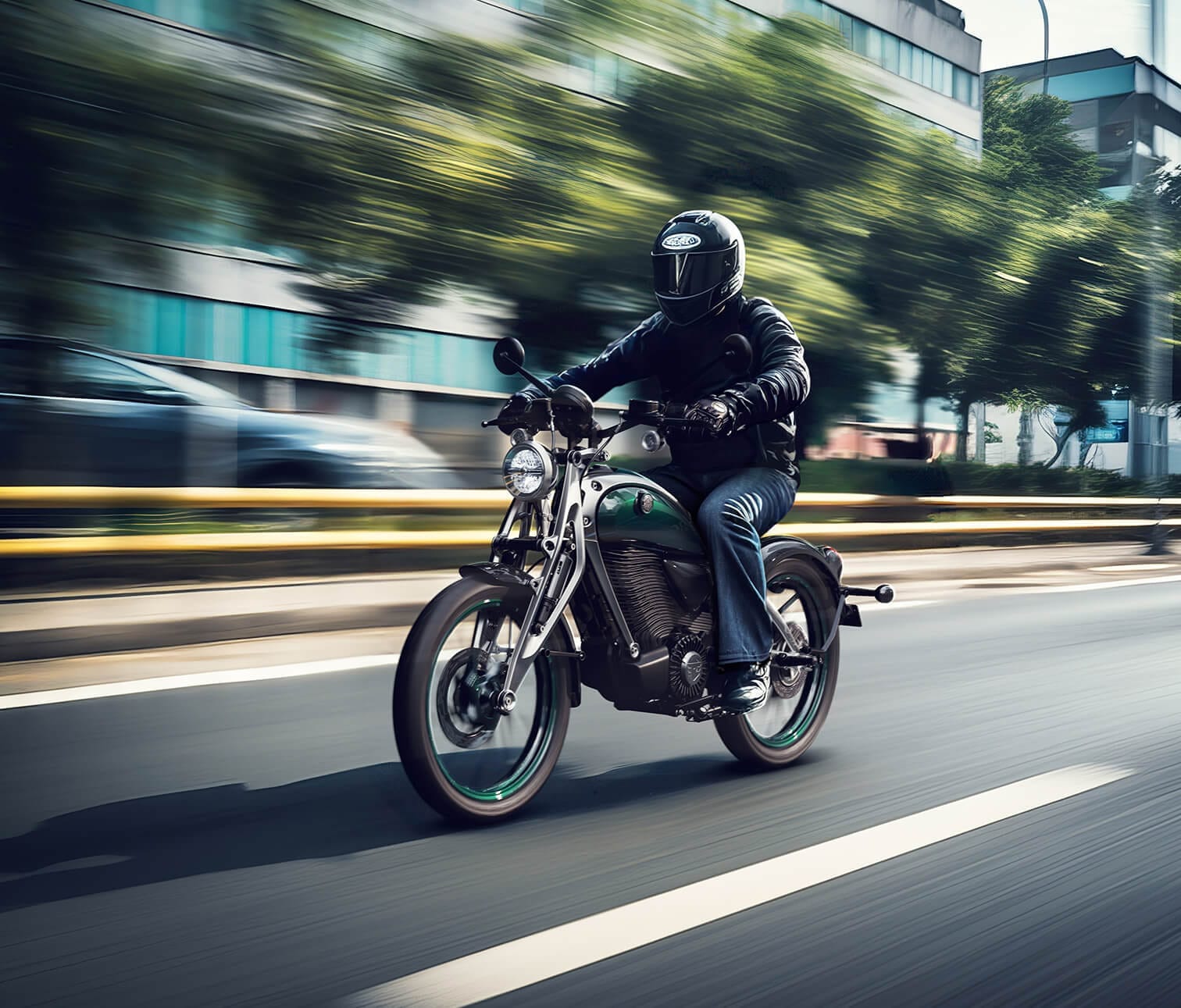In its latest financial report for shareholders, Rivian has revealed details about the propulsion system for its R2 compact SUV, which will be going head-to-head with the upcoming Tesla Model Y Juniper facelift.
Pricing Insights
Even with all the enhancements, the Juniper refresh is anticipated to be priced similarly to the existing Model Y, which begins at $44,990 before any incentives. Interestingly, Rivian has also set the R2’s price tag at the same amount, suggesting that the company plans to cut down on production expenses compared to its original R1 lineup that starts at $69,900.
Battery Innovations
Rivian shared that both the R2 and R3 will utilize LG’s new 4695 battery, boasting six times the energy density of the 2170 cells currently utilized in the R1 line and in the Model Y. Rivian and LG have inked a five-year deal for 67 GWh of 4695 cells, which is enough to power around 700,000 R2 SUVs.
Elon Musk mentioned during Tesla’s latest quarterly results presentation that the company might soon manufacture 4680 batteries, which could be the least expensive domestically produced cells thanks to advantages in manufacturing, such as the dry cathode method and federal subsidies.
Competitive Edge
There are whispers that Tesla aims to begin producing four types of 4680 battery packs next year for the Cybertruck, Model Y Juniper, Model 3, and Robotaxi, with each qualifying for federal tax credits. However, the 4680 cells used in the Model Y Juniper will be smaller than the 4695 cells being produced for the Rivian R2; although both have the same diameter, the 4695 cells are taller. Rivian claims that these larger cells will provide a 45% improvement in manufacturability and battery pack assembly, which will ultimately lead to a significant reduction in costs per kilowatt-hour (kWh) at the pack level compared to the R1 platform.
In essence, Rivian is opting for battery cells that have a higher energy density compared to what Tesla will use in the Model Y Juniper, which is likely to lower production costs and justify the similar price. Rivian noted, “Within the first year of production, these batteries are expected to be made at LG’s Queen Creek, Arizona facility, aligning with Rivian’s aim for domestic manufacturing and IRA compliance,” suggesting that the R2 will also be eligible for the full federal made-in-US tax credit.
Production Challenges
Until lately, Tesla faced challenges in producing 4680 cells at the same cost-efficiency as its suppliers, Panasonic and LG. It was only after presenting the first Cybertruck featuring the 4680 battery made through the economical dry cathode production method that Tesla began to assert it would reach cost parity with LG and Panasonic, potentially achieving lower costs factoring in federal subsidies.
It seems LG isn’t remaining idle either; its innovation in 4695 cells could offer some cost advantages for the Rivian R2 over the Model Y Juniper, depending on how quickly LG ramps up production in Arizona to take advantage of the federal tax credit of $35 per kWh.

